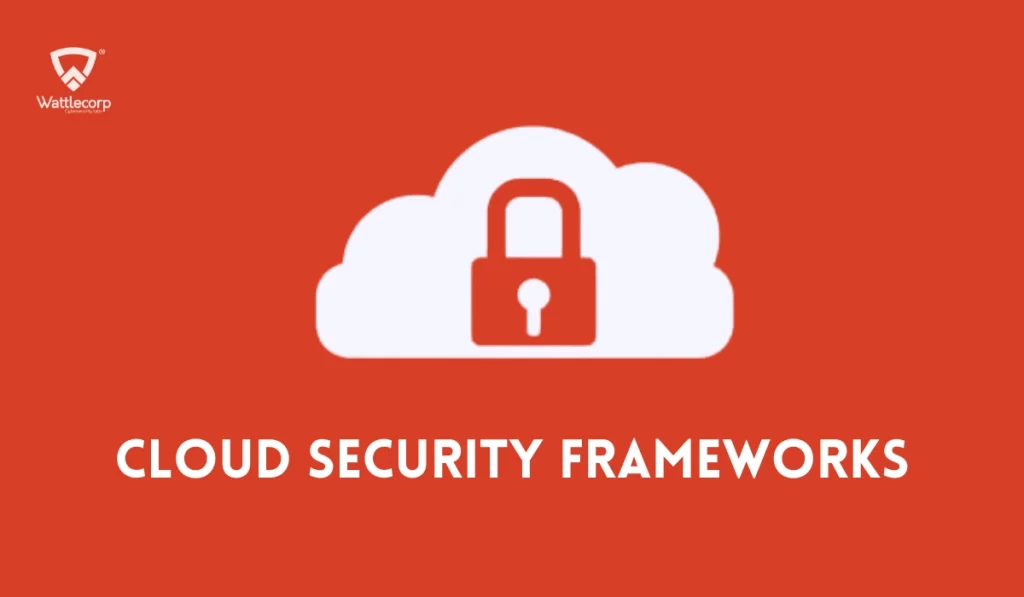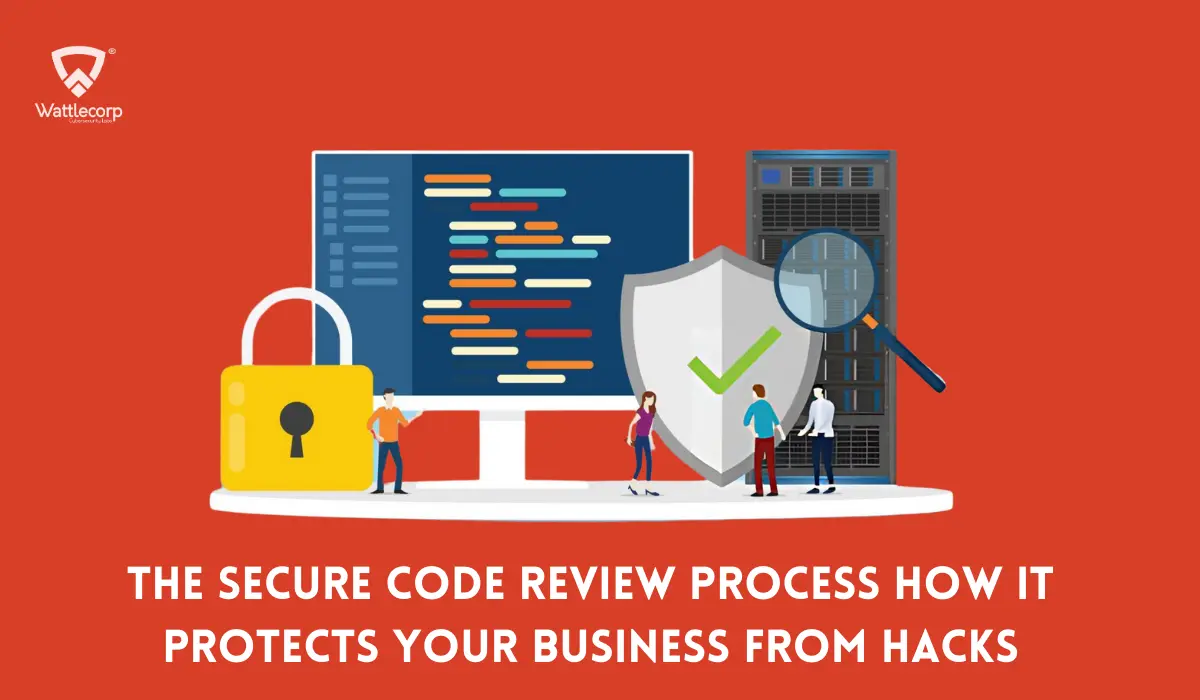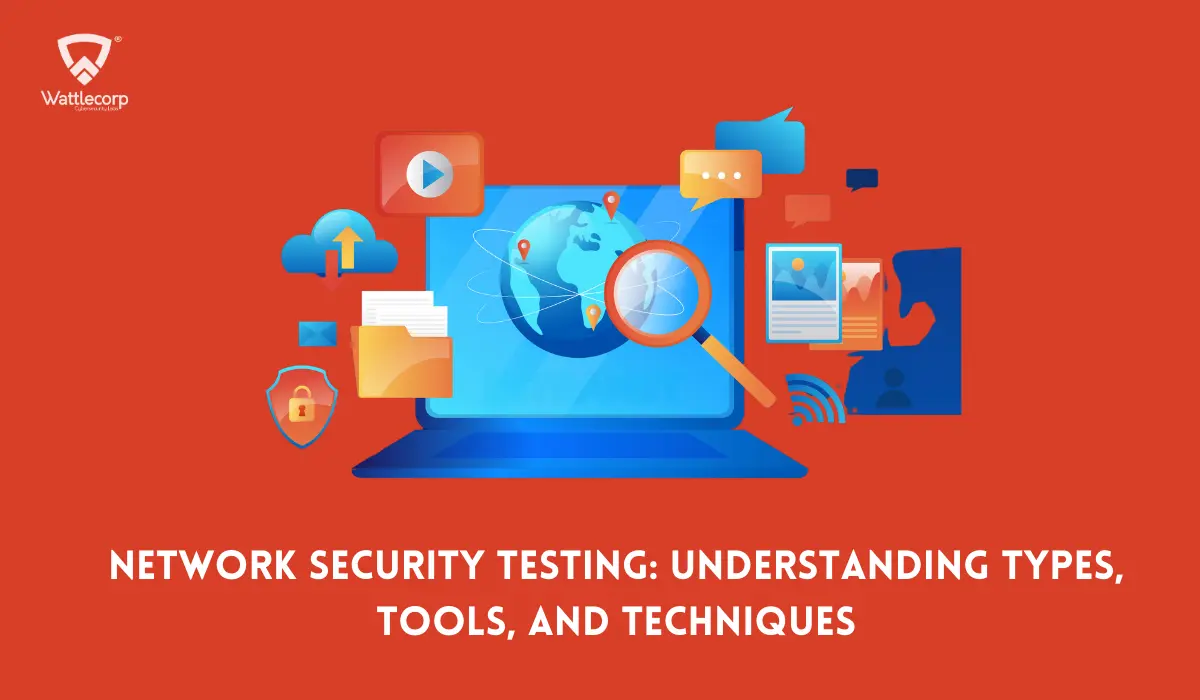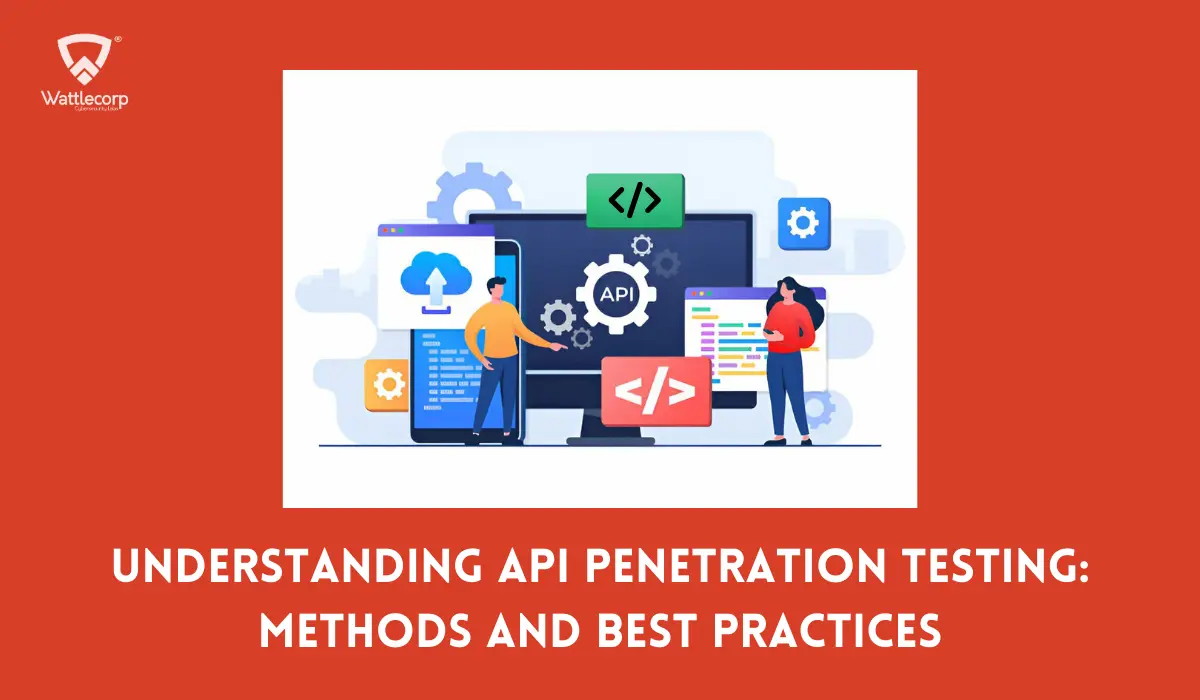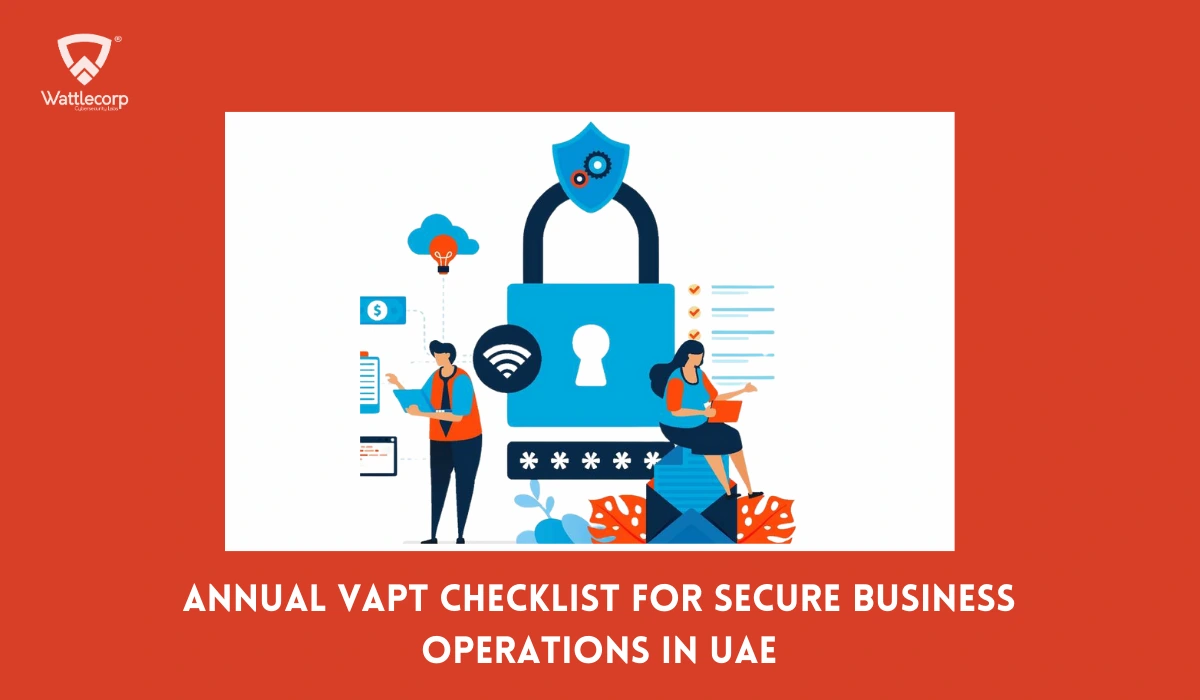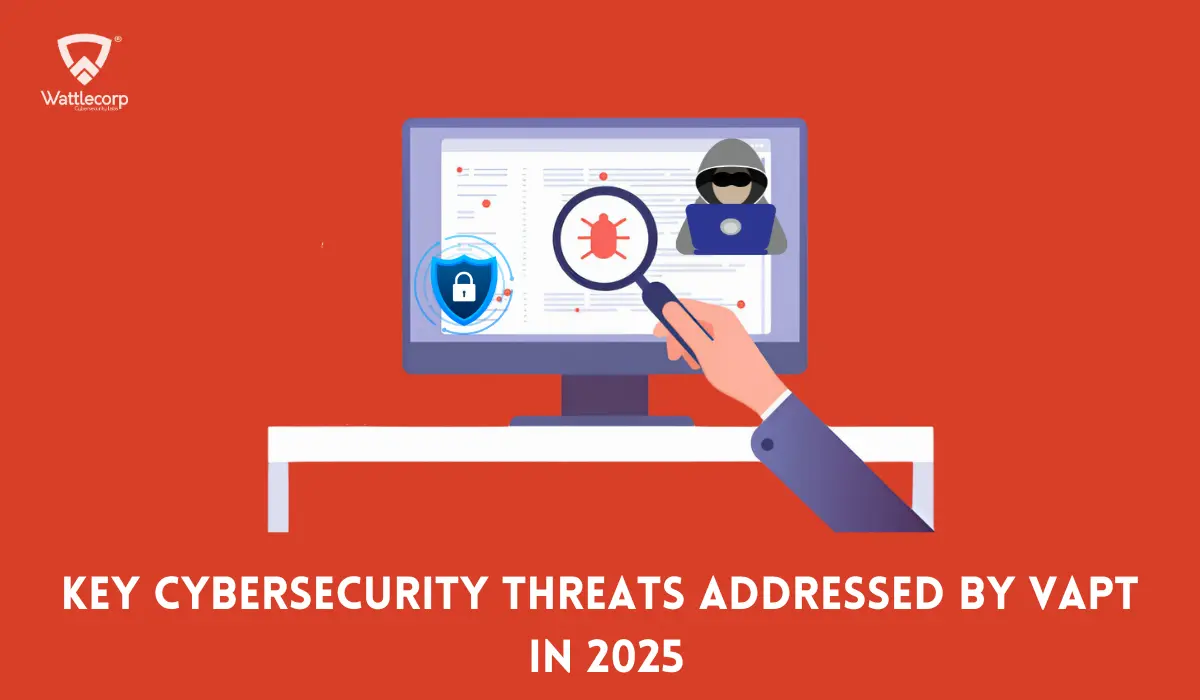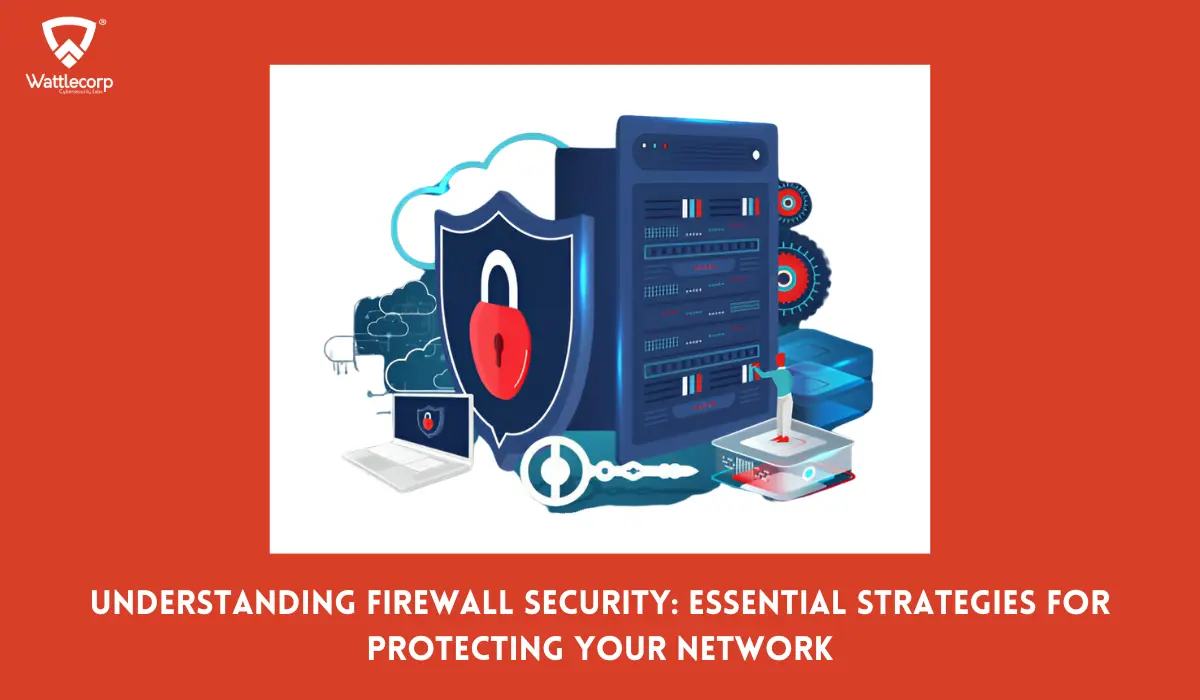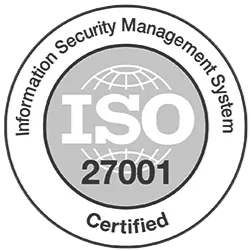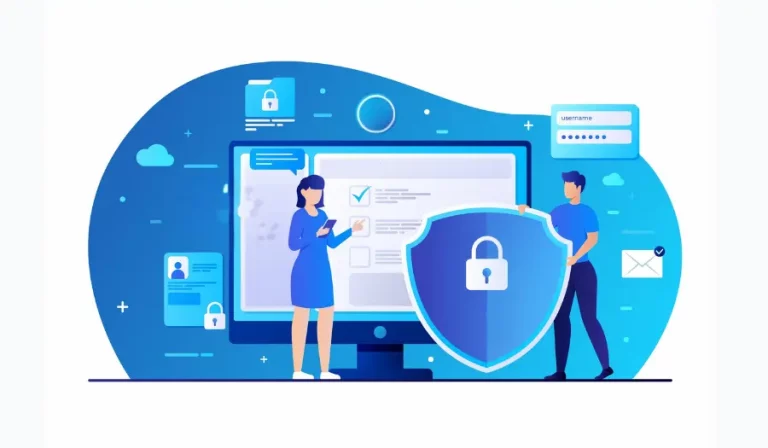SECURE YOUR BUSINESS WITH EXPERT VAPT STRATEGIES
How Secure Is Your Infrastructure? Book a Free Consultation with Wattlecorp’s Experts to identify vulnerabilities, develop a robust VAPT strategy, and safeguard your business with tailored protection solutions.

About 70% of organizations have over 50% of their infrastructure residing in the cloud, according to a recent report. However, most businesses fail to have a strong cloud strategy in place.
This causes serious risks and increases the chances of susceptibility to compliance and security risks. As mentioned in the Global Threat Report 2024, cloud intrusions will see a surge of over 75% by 2023, constituting almost a 110% year-on-year rise in the ‘cloud-conscious’ intruders. Cloud security threats continue to grow more complex with access restriction, data collection, lateral movement, privilege escalation, etc.
The absence of a cloud security framework results in the lack of detailed visibility required to determine if that data is adequately secured. Not being able to maintain this visibility keeps you vulnerable to unauthorized access, data exposure, and related security threats.
If your organization doesn’t have a detailed cloud strategy or security approach, the compliance frameworks open a gateway to safeguarding your cloud environments. By choosing the apt framework and deploying the best practices, you can eliminate risks and secure your data in the cloud. Read further to learn more about the cloud security frameworks in detail.
Table of Contents
ToggleWhat is a Cloud Security Framework?
The cloud security framework constitutes an aggregate of rules, best practices, and measures the organizations take to ensure data security, application security, and infrastructure security in the cloud computing ecosystem. Cloud security architecture involves all technologies and hardware built to secure data, systems, and workloads within cloud-based platforms. These offer a structured approach to understanding potential risks and deploying adequate security measures to eliminate them.

Cloud security frameworks emphasize the security factors that are essential to addressing government and compliance mandates, however, the core focus is on establishing security rather than obtaining governance. A few of these cloud cyber security frameworks offer the necessary cloud security standards, however, they needn’t be all-inclusive while considering compliance.
Best Cloud Security Frameworks In 2024
Since more and more organizations adopt cloud computing technologies, it has become increasingly challenging to ensure data security and compliance. Cloud security frameworks provide controls and guidance to enable organizations to understand the potential risks and deploy security measures to get rid of them.
Every framework and the associated needs are not relevant to every industry. Nevertheless, organizations that adopt compliance frameworks are necessary to meet the essential goals for cloud applications with security in cloud computing. Let’s delve into the key frameworks that can support organizations in complying with different privacy and security regulations while leveraging cloud services.
1. ISO 27001
ISO 27001 is an international standard that applies to information security management systems, which offer a detailed and systematic approach to handling sensitive data across various cloud solutions and services— be it Azure, Google Cloud, AWS, or even general ledger software.
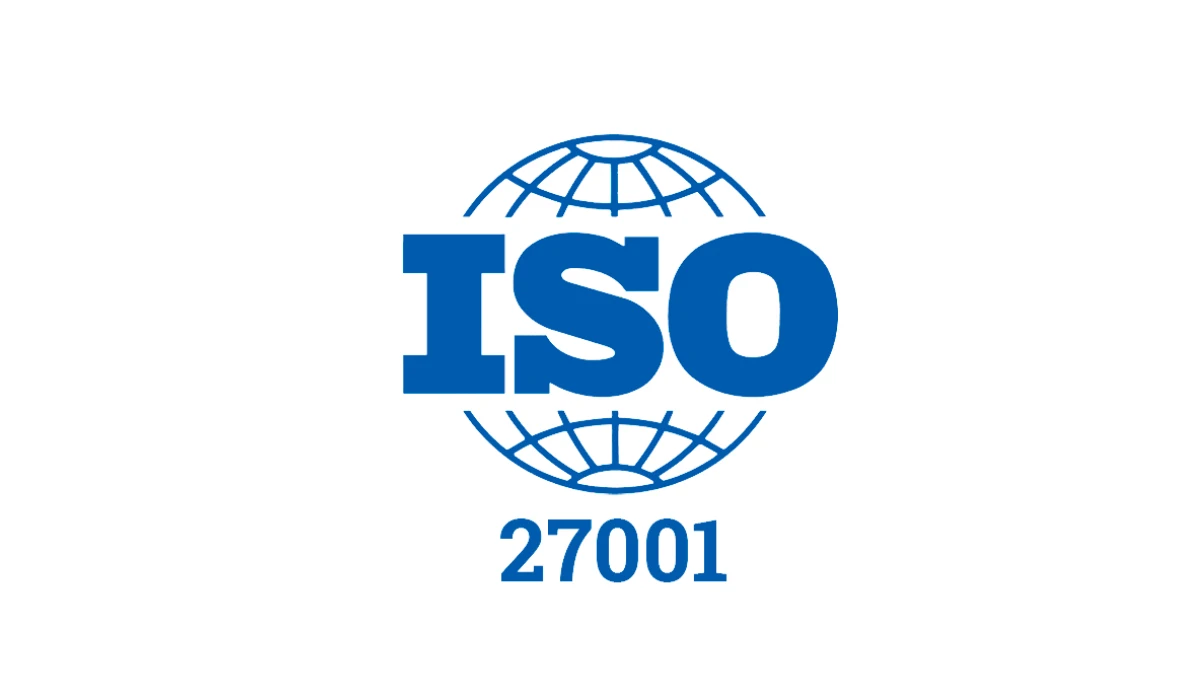
ISO 27001 plays a major role in building and maintaining a reliable security program in the cloud. It encompasses the requirements and best practices that focus on aspects like asset management, risk assessment, access controls, continuous review, and incident response.
It also supports continuous monitoring, assessment, and enhancement of the cloud security policies. By implementing the guidance standards, organizations can maintain top security standards, minimize risks, and secure important data against unauthorized access. ISO 27001 cloud security certification implies the dedication of an organization to information security and the commitment to reassure customers regarding the safety of data.
The organizations should pass a formal cloud security audit that an accredited certifying body performs to get this cloud security certification.
2. NIST Cybersecurity Framework
NIST stands for the National Institute of Standards and Technology. The framework provides guidelines that are easy to follow, best practices to uncover, a set of standards, and measures to address the high-priority security risks of your organization. Though not tailored particularly for the cloud, the framework offers you a versatile structure that can enhance your entire security. It adopts five essential functions, as follows:

- Identify:
Guarantee compliance through the understanding and management of cloud-specific cybersecurity. - Protect:
Adopt safety measures to ensure the confidentiality and accessibility of data and cloud resources. - Detect:
Implement measures to identify cybersecurity events and irregularities. - Respond:
Draft and deploy security incident response plans for concerns in the cloud infrastructure. - Recover:
Restore the data and the systems back to their normal status after a security incident occurs. Learn what happened and implement preventative strategies.
3. CIS Controls
The CIS (Center for Internet Security) controls form an aggregate of the best practices to let organizations scale their cybersecurity posture. While they don’t emphasise cloud security, they are often leveraged to improve security and compliance in the cloud ecosystem.
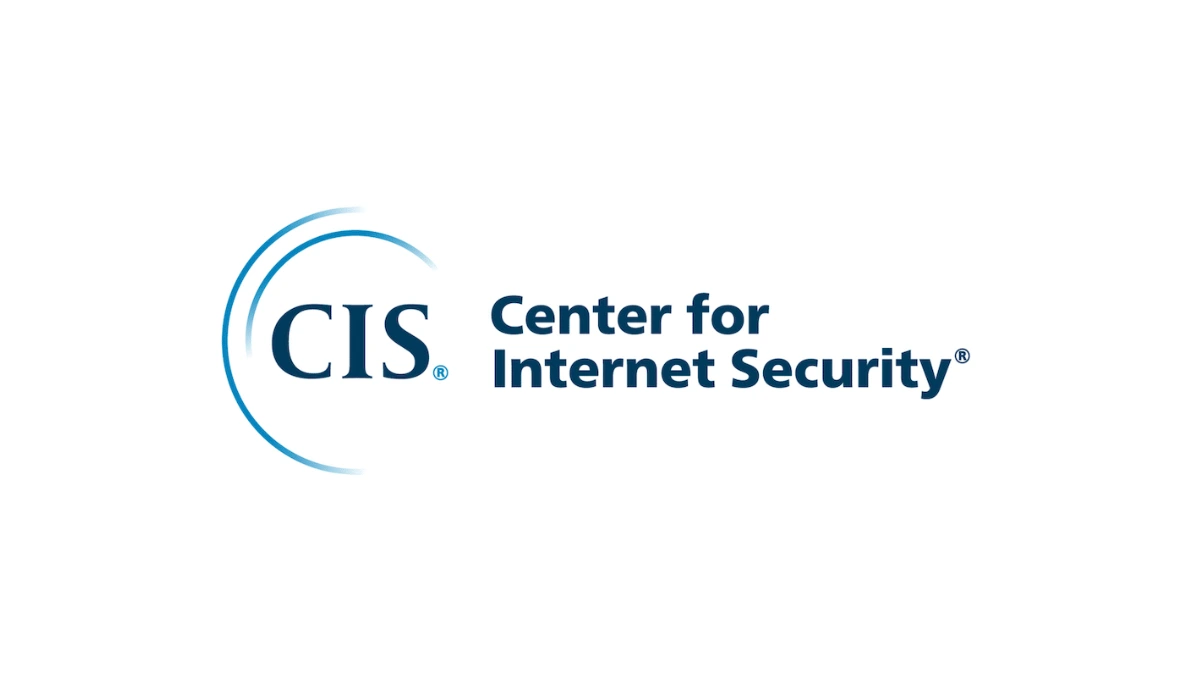
The framework encompasses 18 key security controls. To define which of them is highly relevant to the cloud environment, CIS offers a cloud companion guide, with which you can choose the metrics for every control, map them out, and decide on the results you require.
Also Read: Cloud Security Audit-An Ultimate Guide
4. Federal Risk and Authorization Management Program (FedRAMP)
Laid down by the American Federal Government, FedRAMP is a cloud security framework that focuses on simplifying the evaluation, approval, and monitoring of the cloud service providers (CSPs) managing federal government data.
It offers a standardized foundation to analyze the security of cloud service providers. Although it targets government agencies, the framework can also be used by private organizations to access cloud services for their requirements.
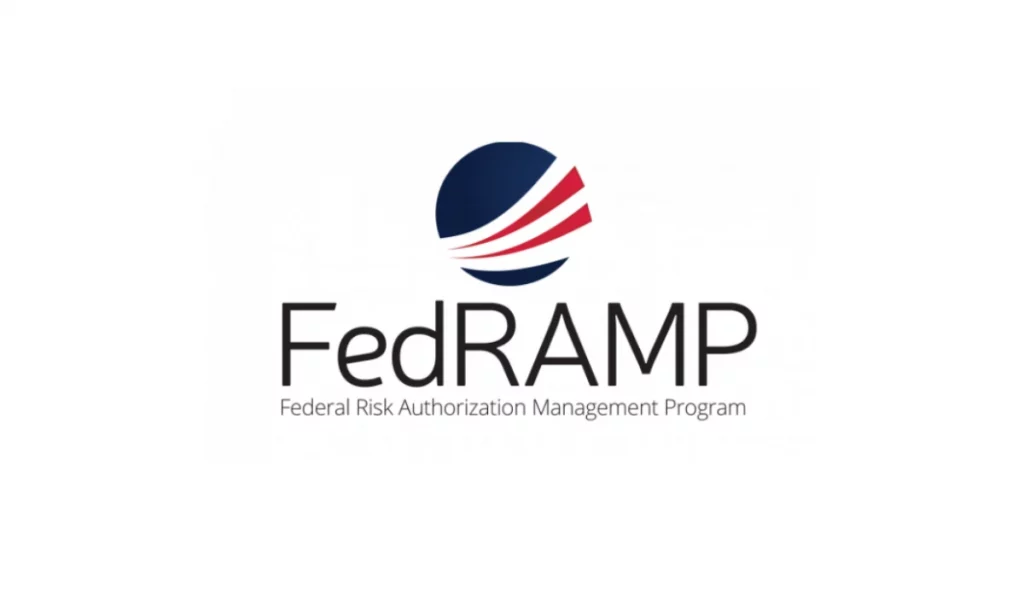
Here are the three key steps to implementing FedRAMP:
- Preparation:
CSPs go through a readiness assessment to decide if they are ready to get FedRAMP authorized.
- Authorization:
CSPs will be given a detailed security review, in which the cloud systems, controls, and policies are examined. Based on the cloud service risk involved, they earn a ‘Provisional Authorization To Operate’ (P-ATO) or ‘Authorization to Operate’ (ATO).
- Continuous Monitoring:
CSPs should maintain the system with a security approach; this may involve vulnerability scans, security event records, and rapid incident solutions. These will undergo frequent evaluations.
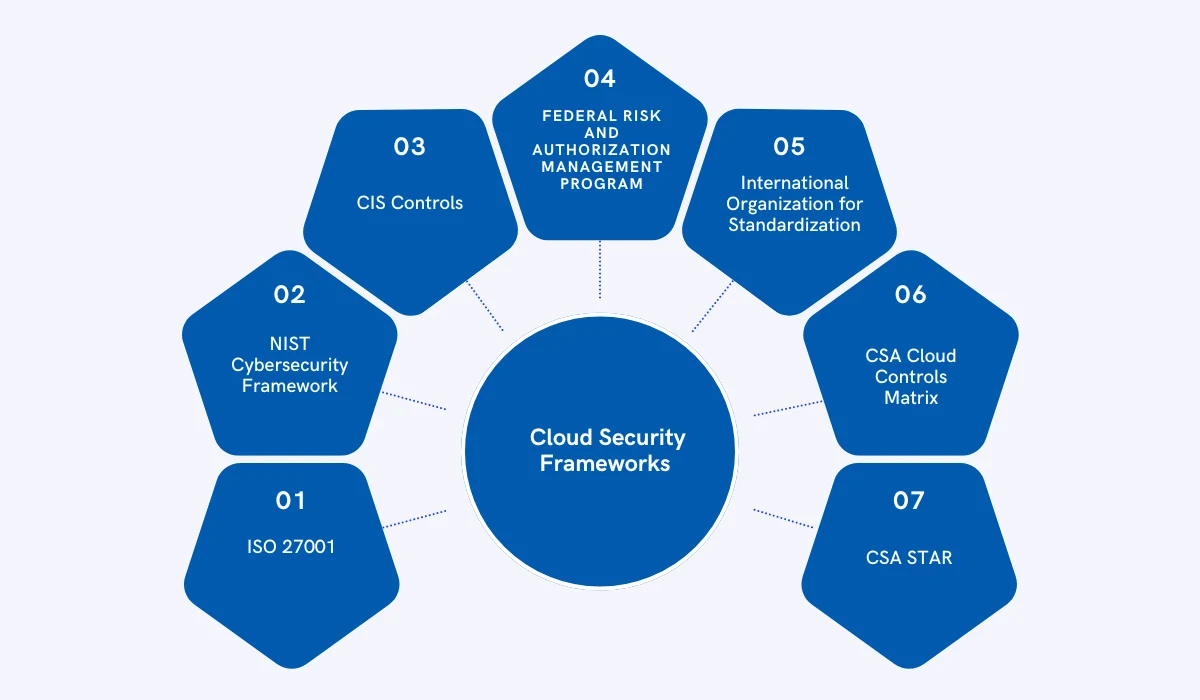
5. International Organization for Standardization (ISO)
The International Organization for Standardization has created some standards in addition to the popular ISO27001. You did not opt for one over the others. Instead, you can combine and build a reliable cloud security program.
- ISO 27017: The ISO standard offers support for implementing cloud security controls. It focuses on managing the various security aspects and risks specific to cloud services.
- ISO 27018: This ISO study provides guidance on securing personal information in the cloud. It emphasizes dealing with the privacy concerns connected with the information processed by the cloud service providers.
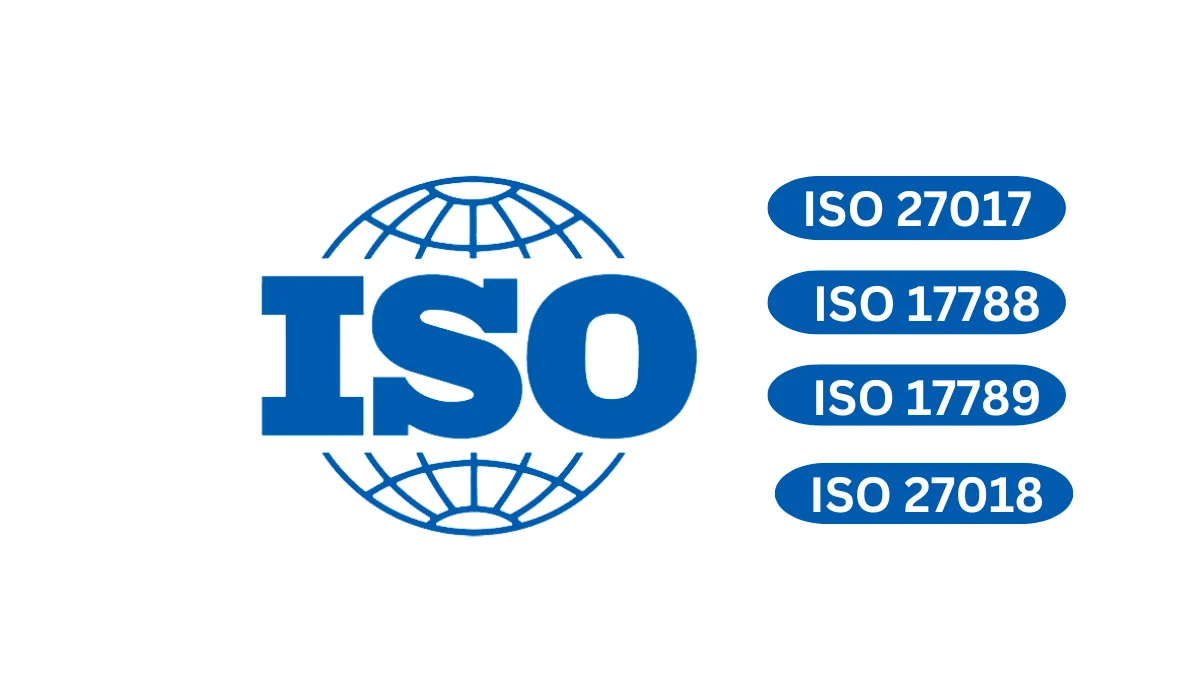
- ISO 17788: It gives an overview of the cloud computing definitions and terms. It enables businesses to convey the language and make the best choices regarding the security approach and cloud adoption.
- ISO 17789: It gives guidance on cloud-based SLAs (Service Level Agreements). It offers advice to create SLAs among the cloud service providers and those clients, clarifying the role responsibilities and service security requirements.
6. CSA Cloud Controls Matrix (CCM)
The advanced version of CSA (Cloud Security Alliance) and Cloud Controls Matrix (CCM) consist of 197 control objectives and specific control requirements classified to 17 different cloud security domains. They also go hand-in-hand with other standards like NIST and ISO 7001.

Just like the CIS controls, you can use this framework as a model and build a list of those specified requirements. Now you can decide how the organizations can meet those requirements. To understand how you can navigate these controls, you can use the CSA implementation guide.
7. CSA STAR (Security, Trust, Assurance, & Risk)
This cloud computing security framework helps organizations evaluate Cloud Service Providers (CSPs) to make the most important decisions. As a part of the program, the certifying authority evaluates and reviews the security methods implemented by the CSP. CSPs compliant with the prominent methods of security get the STAR certification. Finding vendors with this certification lets you make sure that the cybersecurity measures are executed properly .
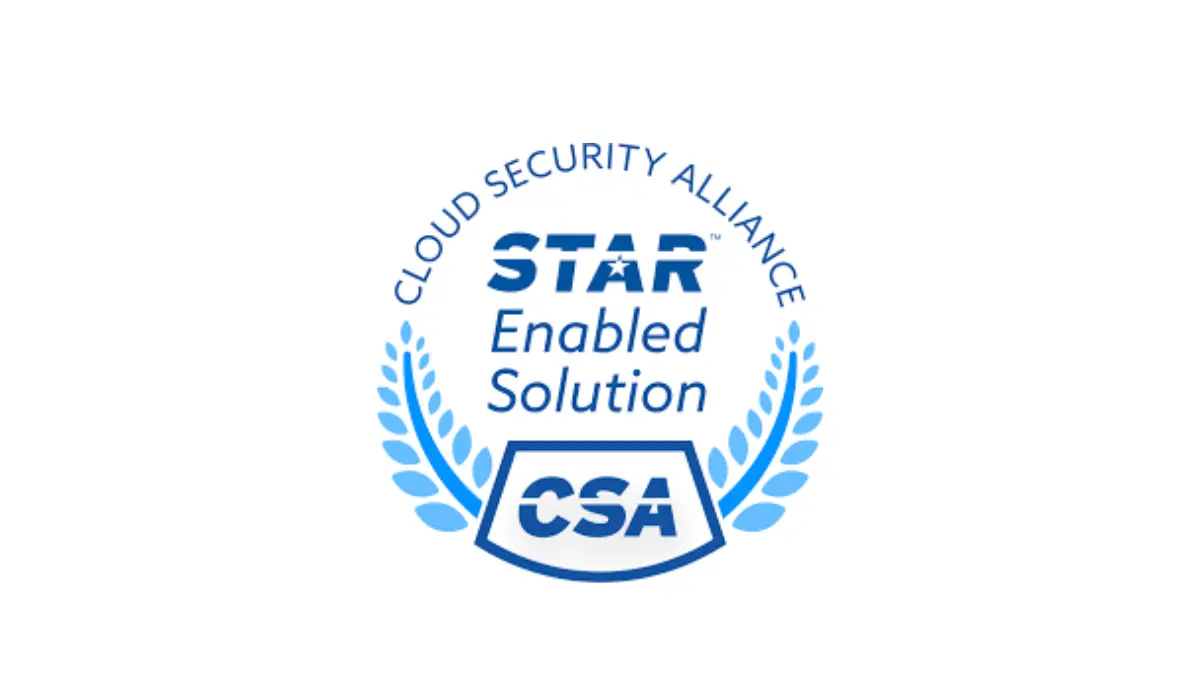
Cloud Security Frameworks: Best Practices to Follow
While every cloud security framework incorporates various standards and recommendations, we also need to understand the best practices every end user should adopt to secure their cloud data and related applications.
- Cloud Security Monitoring
Monitoring defines the collection of real-time information from cloud platforms and infrastructure. This data is then analyzed to identify threats or viruses. Different cloud providers provide add-on monitoring or built-in functionality for their specific platforms. In a hybrid or multi-cloud environment, it is highly efficient to adopt a vendor-neutral and third-party monitoring solution that offers great visibility to on-premises and cloud systems from a unified interface.
- Role-Based Access Control (RBAC)
It restricts user account privileges— every employee has limited data/system access. This means they have access only to those systems or data required to fulfill their role. It prevents any one account from enjoying access to plenty of cloud resources, which limits the damage caused even if the account gets compromised.
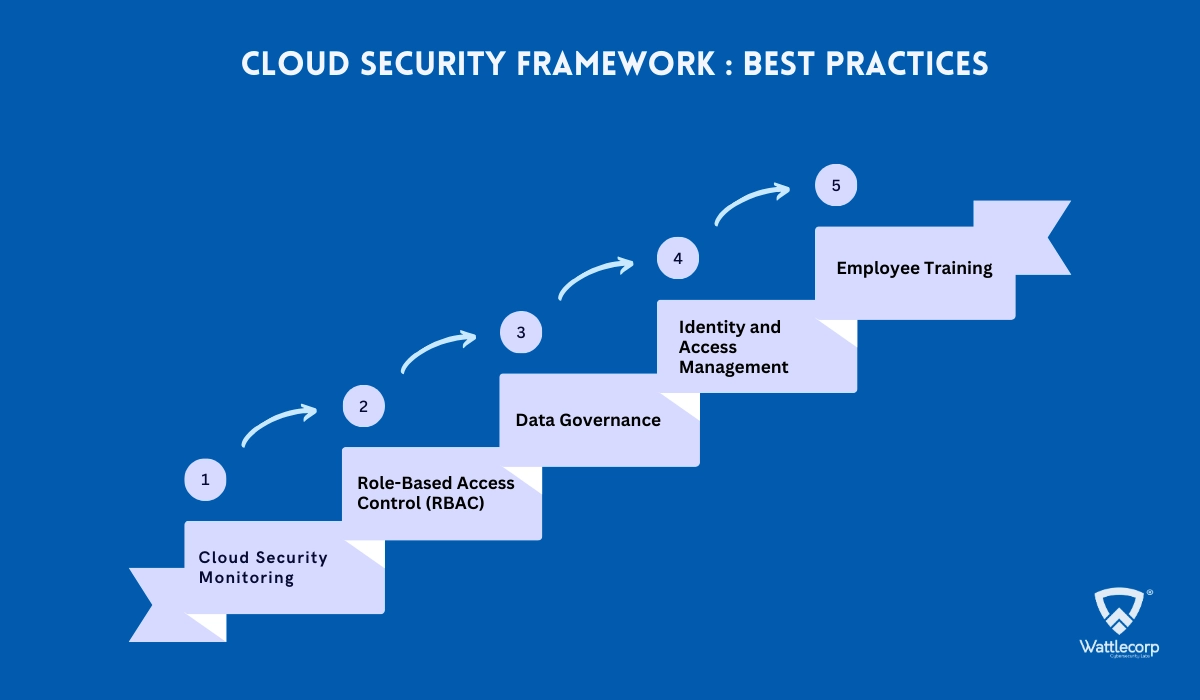
- Data Governance
It is an aggregate of policies, procedures, and cloud security tools utilized to control who enjoys cloud data access and prevent that particular information from slipping into the wrong hands. Data governance is one of the key areas for cloud security frameworks for segments such as defense, healthcare, finance, etc.
- Identity and Access Management (IAM)
IAM incorporates the technologies and policies utilized to manage user access to business resources. The IAM solution covers the features like Multi-Factor Authentication (MFA), Single Sign On (SSO), etc.
- Employee Training
Many data breaches have been a result of human error. Employees usually get subjected to phishing scams, download malware without knowledge, store passwords in unsafe locations, and make mistakes that help cyber criminals invade cloud systems and data. Training employees to follow good practices and eliminate these loopholes will elevate data breach prevention for the best cloud security
Also Read : 11 Cloud Security Best Practices
Ensuring cloud security compliance is a must-follow practice since it helps the business facilitate smooth and effective operations. With cloud security frameworks, you can build trust in cloud services. Regular monitoring and reviews for risks, along with control measures, establish a reliable security posture.
Every organization needs to adhere to the compliance and certification frameworks to make sure that cloud operations are seamless. At Wattlecorp, we pay attention to these requirements, helping organizations manage and prevent security risks with the implementation of the cloud security framework that best suits their business goals. To learn more about our services and ensure a reliable cloud security posture, let’s talk!
Frequently Asked Questions
1. What is the best framework for cloud security?
Some of the popular cloud frameworks businesses prefer are ISO 27001, NIST, CIS controls, FedRAMP, ISO, CCM, and CSA STAR. However, while choosing the framework for cloud security, it is important to consider the organizational requirements, the data type, risk tolerance and compliance requirements for the business. Make sure that the framework you choose aligns with the cloud service model you opt for.
2. What is the cloud security framework standard?
The cloud security framework defines the guidelines, best practices and the standards organizations should leverage to ensure paramount security to their data, applications, and cloud computing ecosystem.
3. What is the CSA framework?
CSA, or Cloud Security Alliance, has different frameworks, such as the CCM (Cloud Controls Matrix), IoT Security Controls Framework, and STAR (Security, Trust, Assurance, and Risk) framework. It helps organizations evaluate cloud security.
